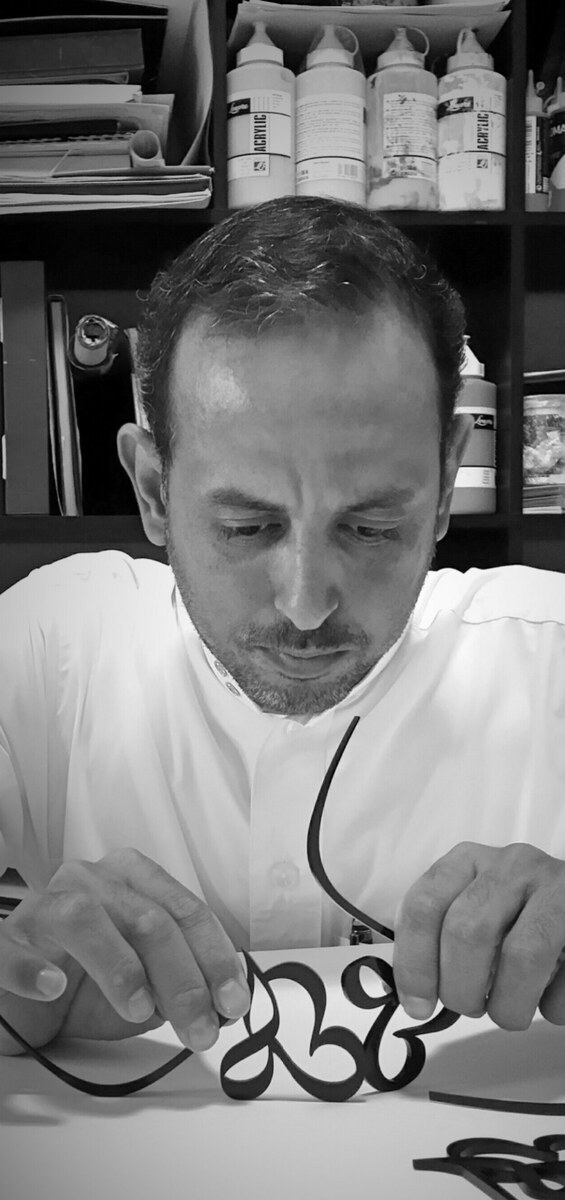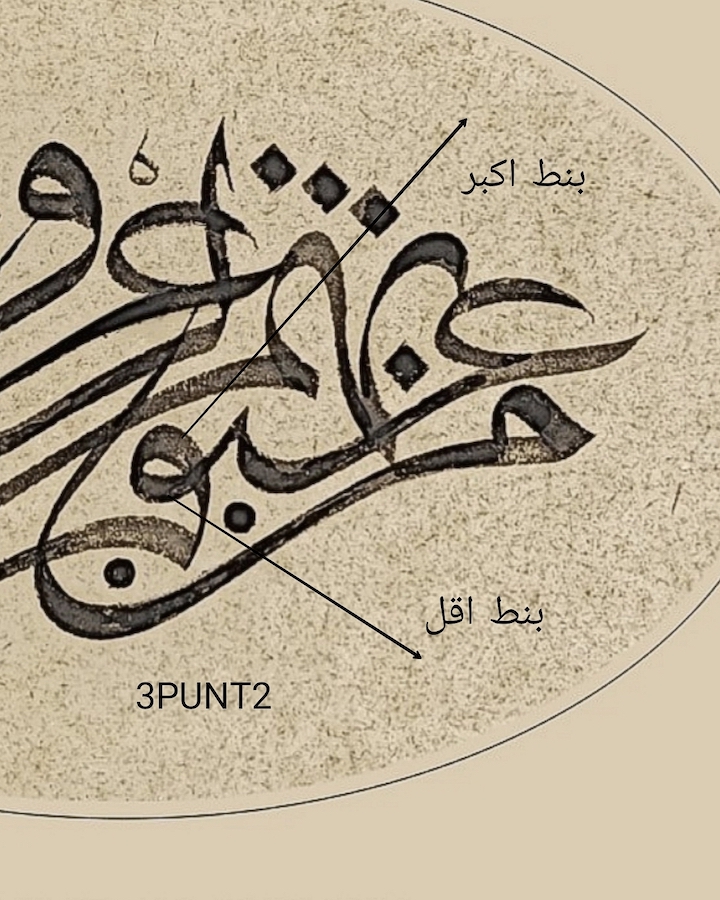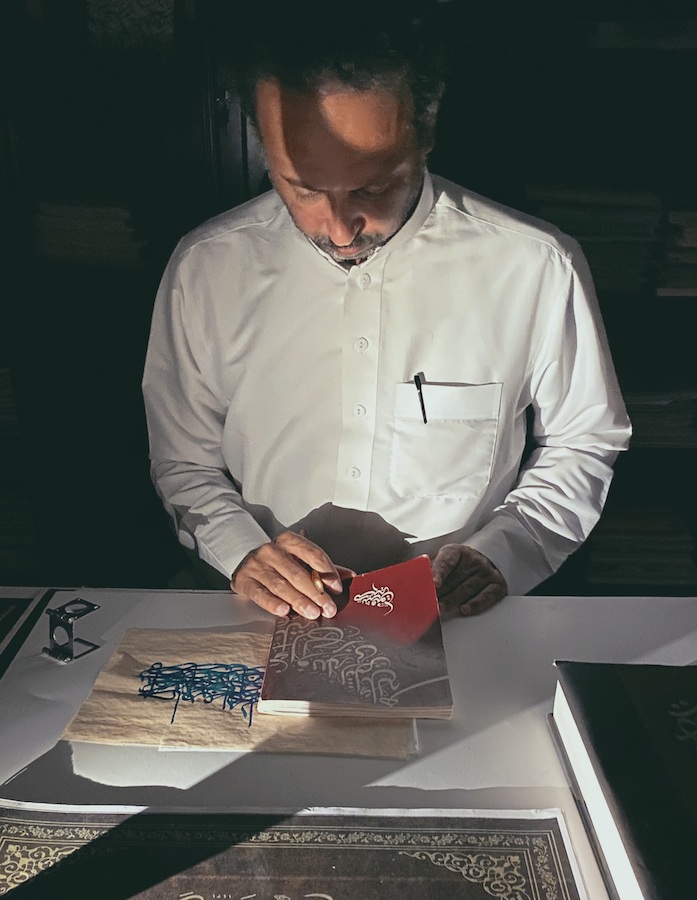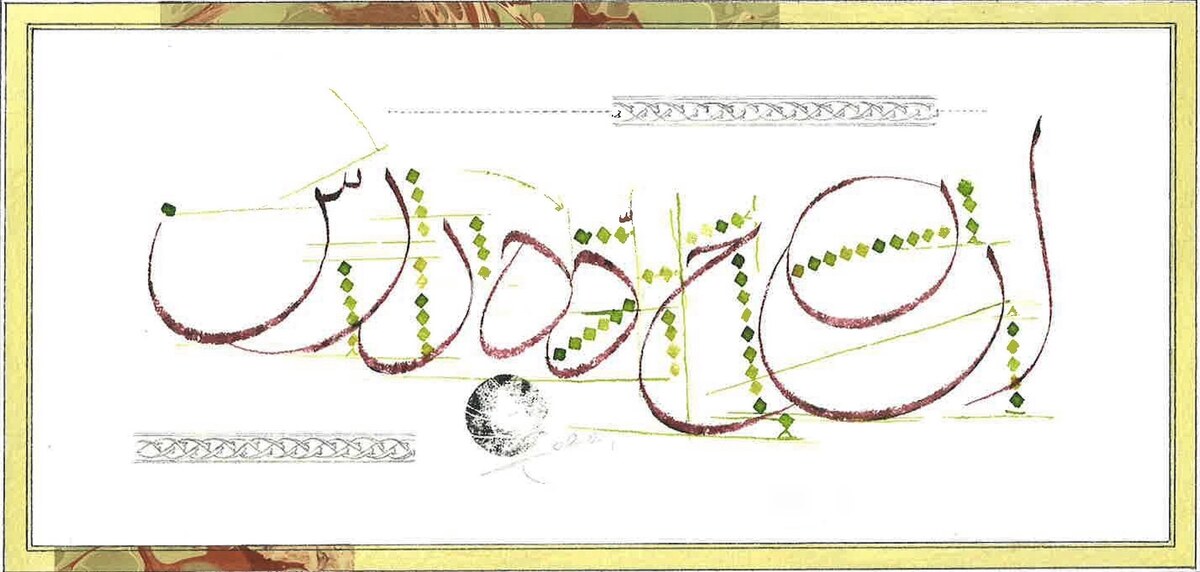Donald Sutherland, one of Canada’s most versatile and gifted actors, who charmed and enthralled audiences in movies such as “M*A*S*H,” “Klute,” “Ordinary People” and “The Hunger Games,” has died at the age of 88.
The actor, whose lengthy career spanned from the 1960s into the 2020s, died on Thursday, his son, actor Kiefer Sutherland, said on social media.
A tall man with a deep voice, piercing blue eyes and a mischievous smile, Donald Sutherland switched effortlessly from character roles to romantic leads opposite the likes of Jane Fonda and Julie Christie. He also played his share of oddballs and villains.
One of the biggest stars in Hollywood in the 1970s, he remained in demand for film and TV projects into his 80s. Known for his unconventional looks and his versatility as an actor, Sutherland played a wide range of memorable characters.
These included a rascally Army surgeon in “M*A*S*H” (1970), a quirky tank commander in “Kelly’s Heroes” (1970), a small-town detective in “Klute” (1971), a stoned and libidinous professor in “Animal House” (1978), a local official facing an alien presence in “Invasion of the Body Snatchers” (1978) and a despairing father in “Ordinary People” (1980). He won a new generation of fans with his glorious portrayal of a despotic president in “The Hunger Games” (2012) and its sequels.
“I wish I could say thank you to all of the characters that I’ve played, thank them for using their lives to inform my life,” Sutherland said in his speech accepting an honorary Academy Award for lifetime achievement in 2017.
Kiefer Sutherland said his father was “never daunted by a role, good, bad or ugly.”
“He loved what he did and did what he loved, and one can never ask for more than that. A life well lived,” Kiefer Sutherland wrote on X.
Donald Sutherland was born on July 17, 1935, in Canada’s New Brunswick province, and was raised in Nova Scotia. He performed in school productions in college, moved to Britain to hone his craft, then moved to the United States, where his first big break came as a member of a top-notch ensemble cast in the war film “The Dirty Dozen” (1967).
He rocketed to fame three years later playing nonconformist surgeon Hawkeye Pierce in director Robert Altman’s Korean War satire “M*A*S*H” (1970). The film — later spun off into a TV series — depicted hijinks at a Mobile Army Surgical Hospital, tapping into the anti-war sentiment among many Americans during the Vietnam War era.
Also in 1970, Sutherland starred alongside Telly Savalas and Clint Eastwood in “Kelly’s Heroes” as Sergeant Oddball on a mission to steal gold from the Nazis.
The following year, he was paired with Fonda, one of Hollywood’s luminaries, in “Klute,” and then in 1973 played a grieving father in “Don’t Look Now” that included a sizzling sex scene with Christie. “Klute” sparked a romance with Fonda, with whom he was active in the anti-Vietnam War movement.
His 1978 films could not have been more different. In the uproarious comedy “Animal House,” Sutherland played a professor who sleeps with the girlfriend of a fraternity member. “Invasion of the Body Snatchers” was a successful sci-fi remake of a classic 1956 original, telling the story of alien pods that take over human beings.
Sutherland’s performance in “Ordinary People,” Hollywood superstar Robert Redford’s directorial debut, helped the 1980 film win four Academy Awards, including best picture. Sutherland starred alongside Mary Tyler Moore and Timothy Hutton in this exploration of the splintering of a Midwestern family.
In the 1990s he appeared in films including “JFK” (1991), “Backdraft” (1991), “Buffy the Vampire Slayer” (1992), “Outbreak” (1995), “A Time To Kill” (1996) and “Instinct” (1999) and won an Emmy Award for his performance in the 1995 HBO TV movie “Citizen X.” In the 2000s, he appeared in the acclaimed “Cold Mountain” (2003) and “Pride & Prejudice” (2005).
In the “Hunger Games” films in the 2010s about a dystopian future in which teenagers are sent into a deadly competition as mass entertainment, he reveled in playing the villainous President Coriolanus Snow.
“The reality was he had a country to run. At least he was running it, which is more than you can say for some people,” Sutherland told the Los Angeles Times in 2017.
“It was funny at the beginning with ‘The Hunger Games’ to walk through an airport and suddenly you feel this tug and you look down and it’s some young person — always a girl, never a boy,” Sutherland said. “And her mother is standing there and they say, ‘Could you take a photograph with my daughter?’ And we’d be standing beside each other and I’d be looking at the camera and the girl would say, ‘Could you look mean?’“
Tributes to Sutherland came in across Hollywood and Canada on Thursday.
Ron Howard, who directed Sutherland in “Backdraft,” called him “one of the most intelligent, interesting and engrossing film actors of all time.”
Sutherland had “incredible range, creative courage & dedication to serving the story & the audience with supreme excellence,” Howard wrote on X.
Canadian Prime Minister Justin Trudeau, speaking to reporters in Nova Scotia, said Sutherland “was a man with a strong presence, a brilliance in his craft and truly, truly a great Canadian artist.”
Sutherland was considered among the best actors to never receive an Academy Award nomination for any of his roles. He was married three times and had five children, including Kiefer.
Donald Sutherland, star of ‘M*A*S*H’ and ‘The Hunger Games’, dead at 88
https://arab.news/pztxe
Donald Sutherland, star of ‘M*A*S*H’ and ‘The Hunger Games’, dead at 88

- Known for his unconventional looks and his versatility as an actor, Sutherland played a wide range of memorable characters
- Ron Howard, who directed Sutherland in ‘Backdraft,’ called him ‘one of the most intelligent, interesting and engrossing film actors of all time’




























